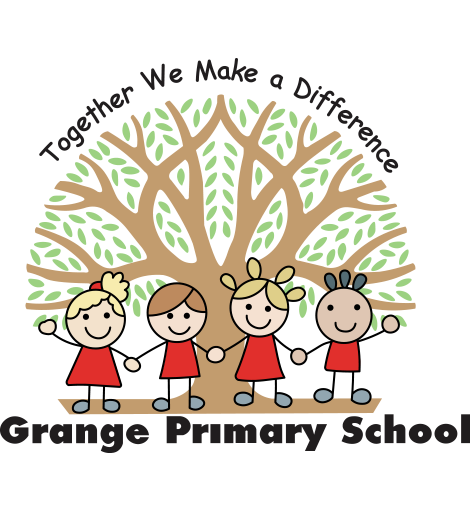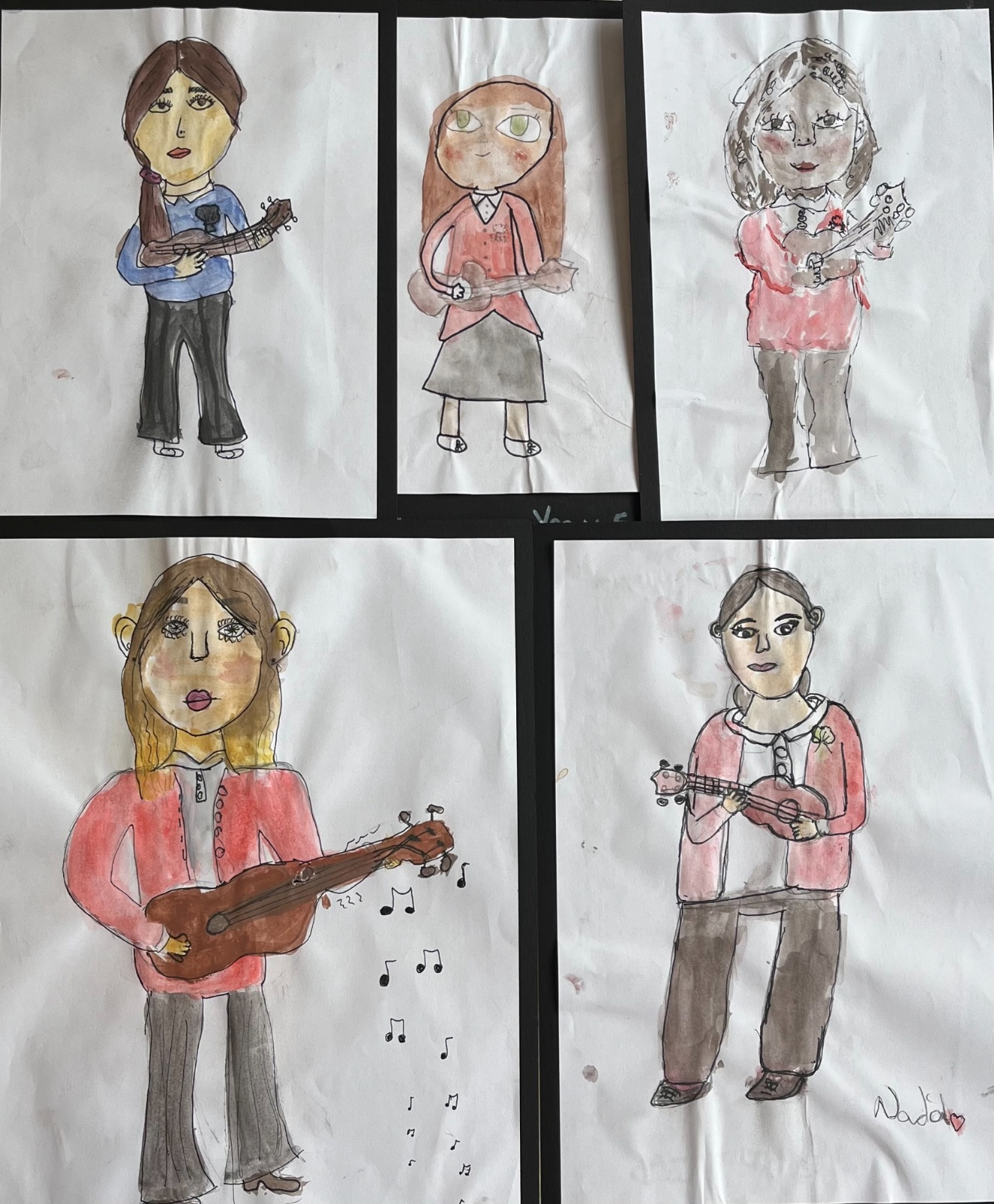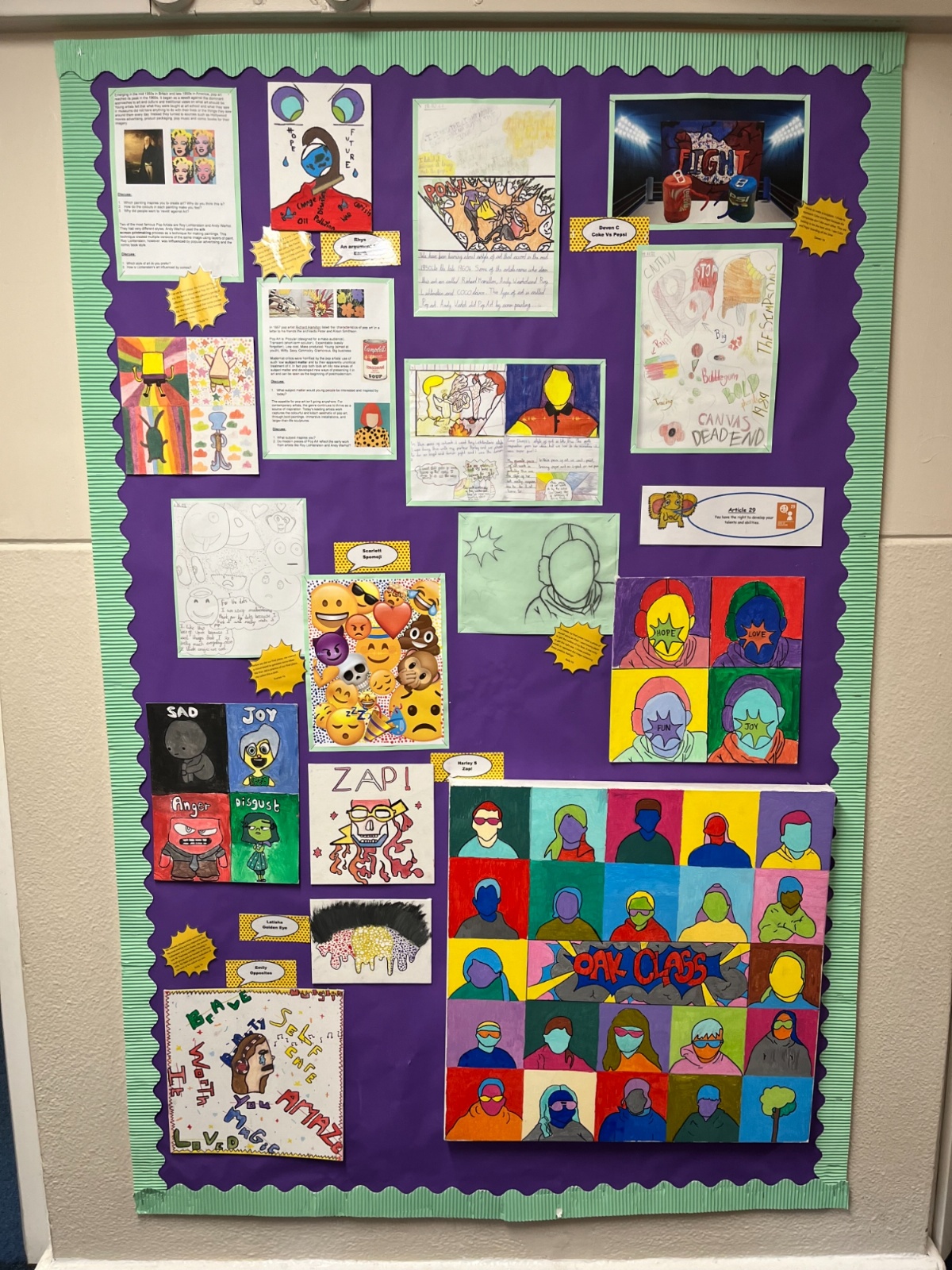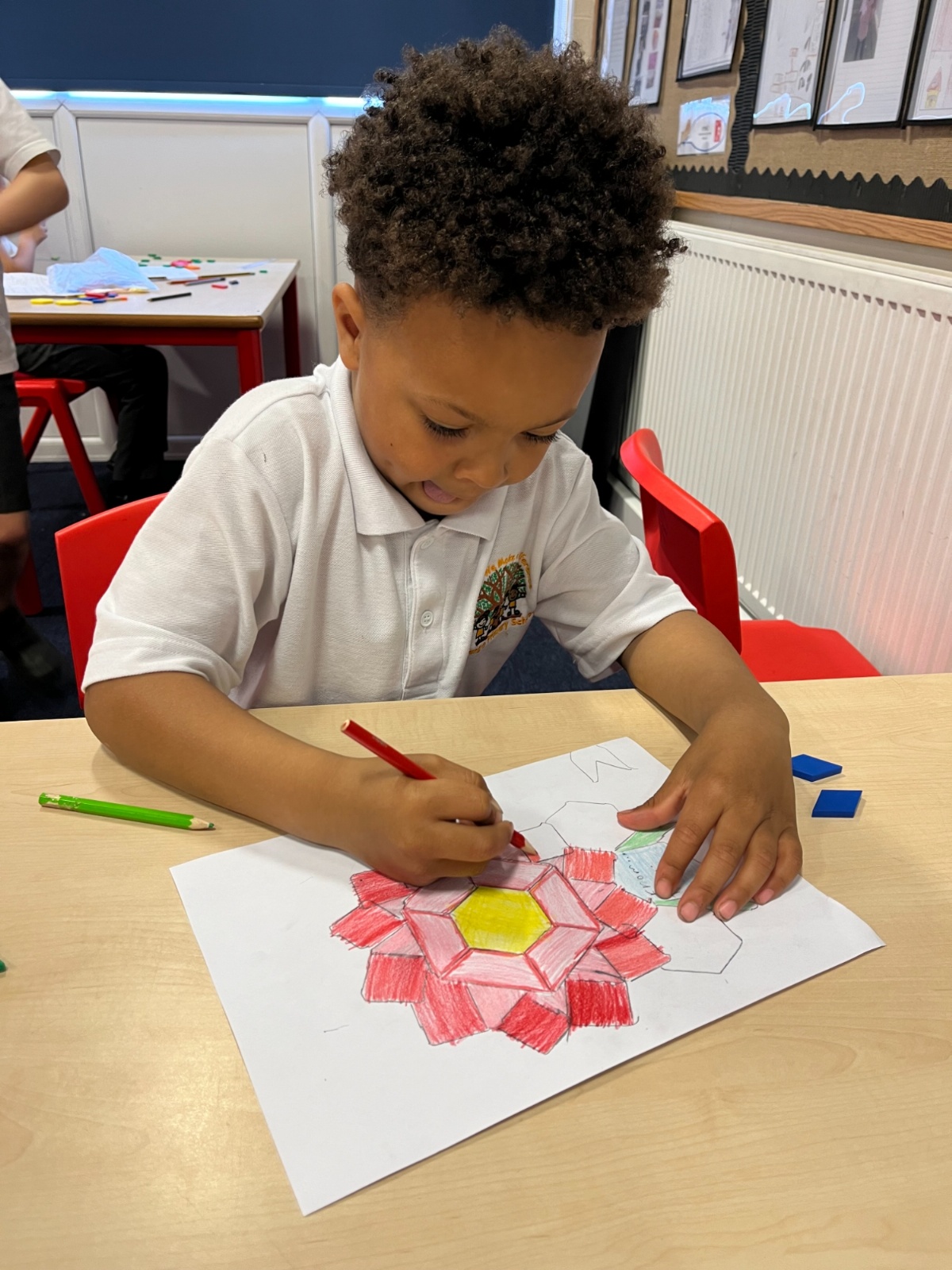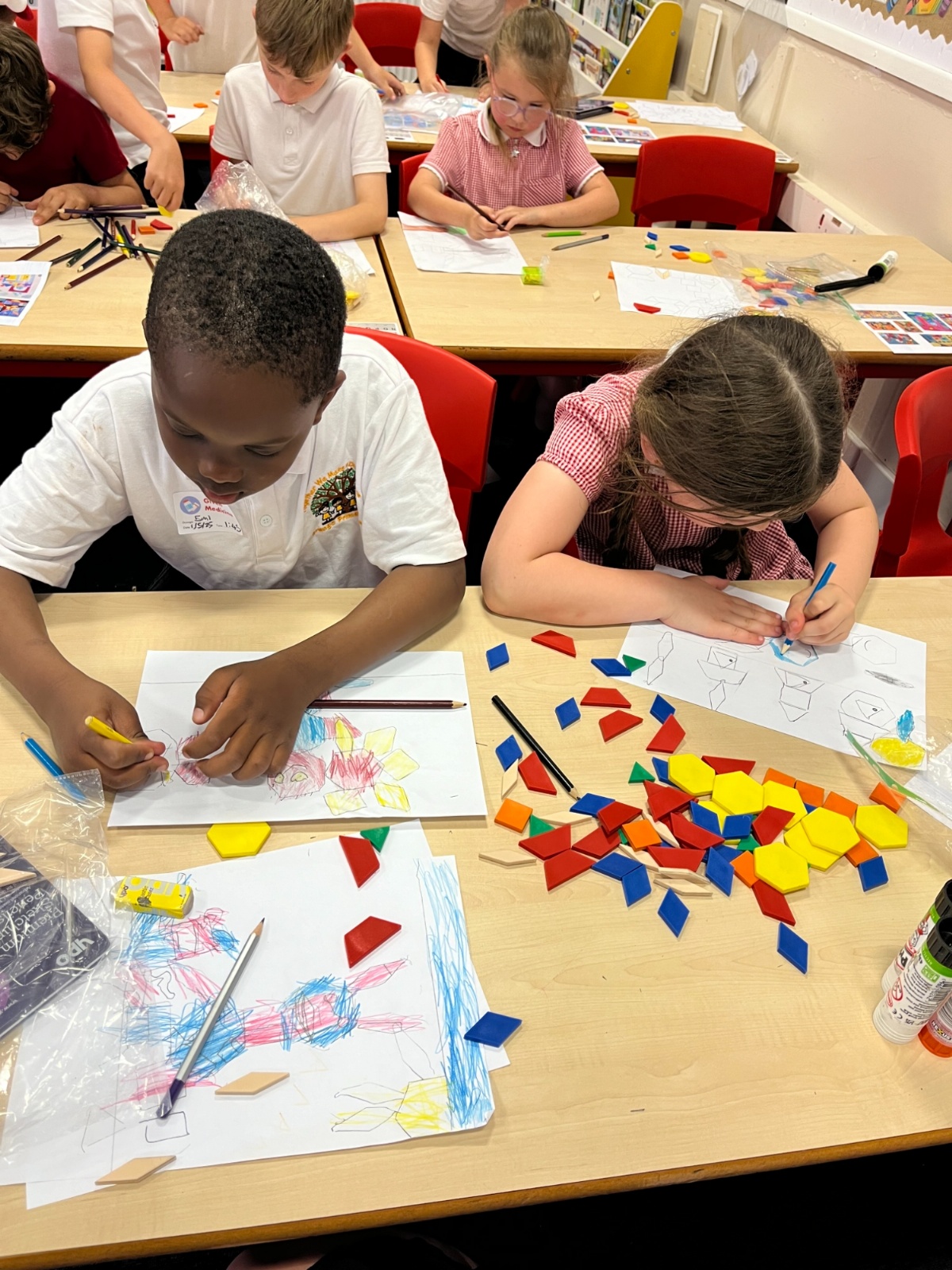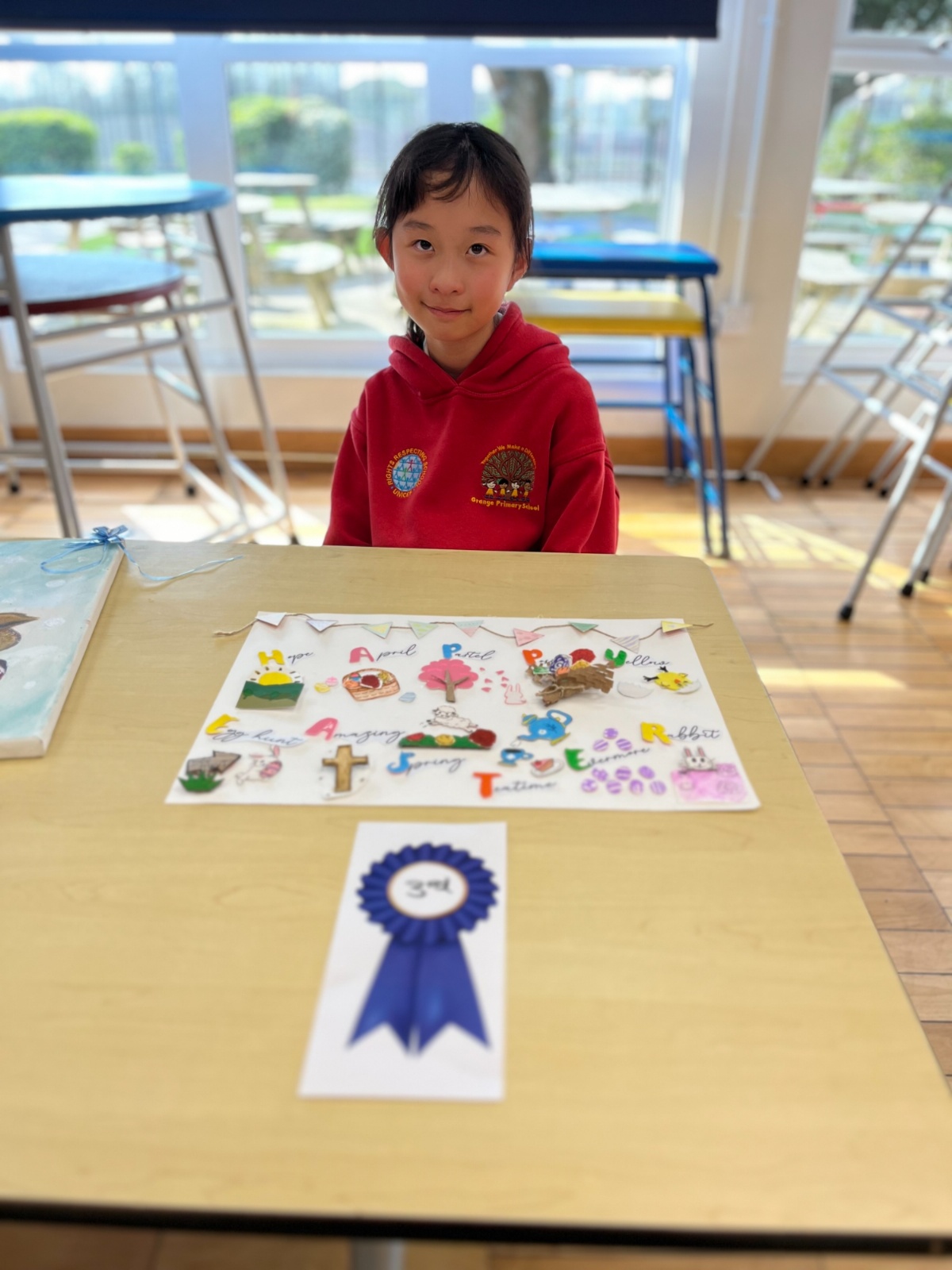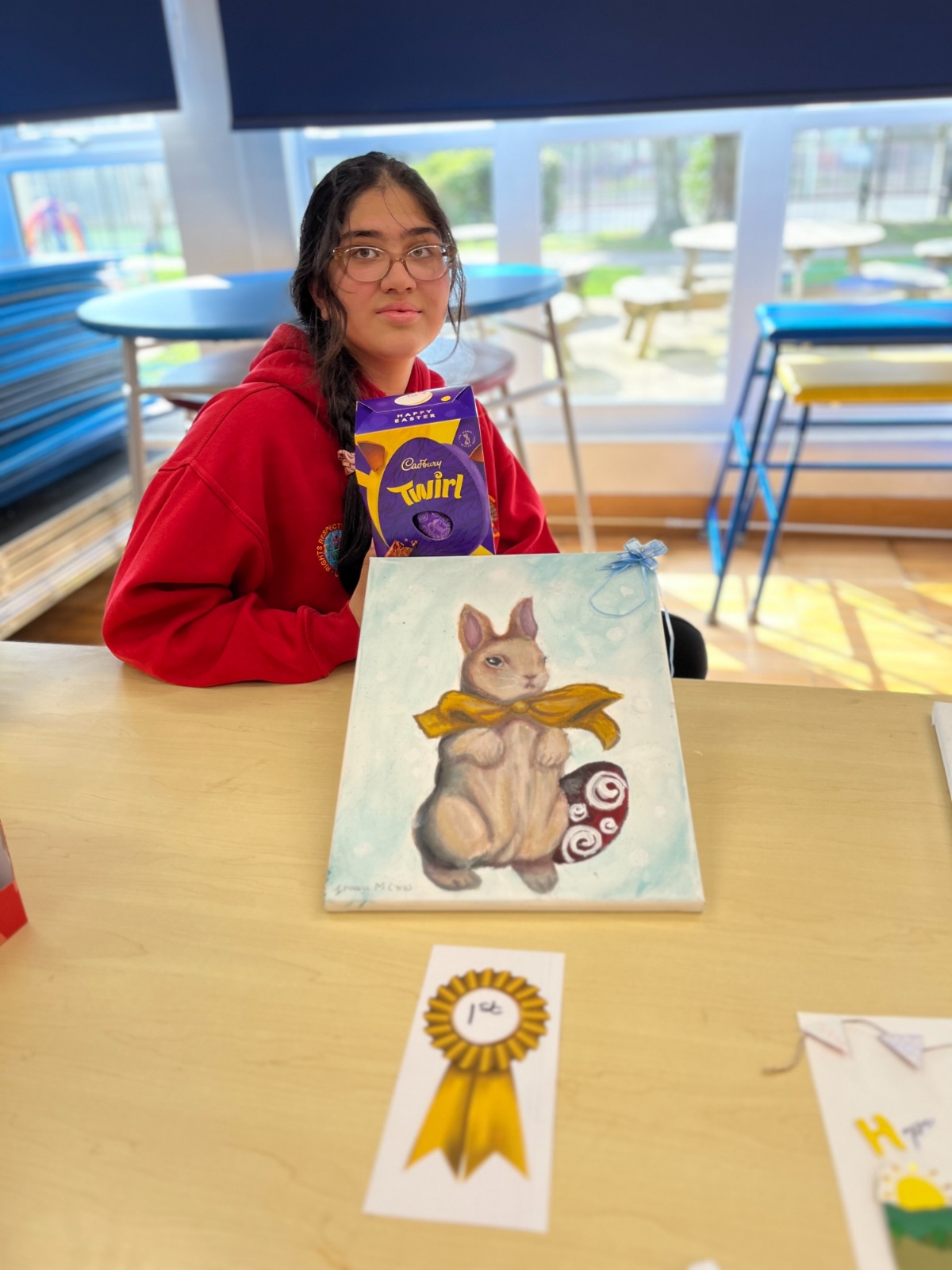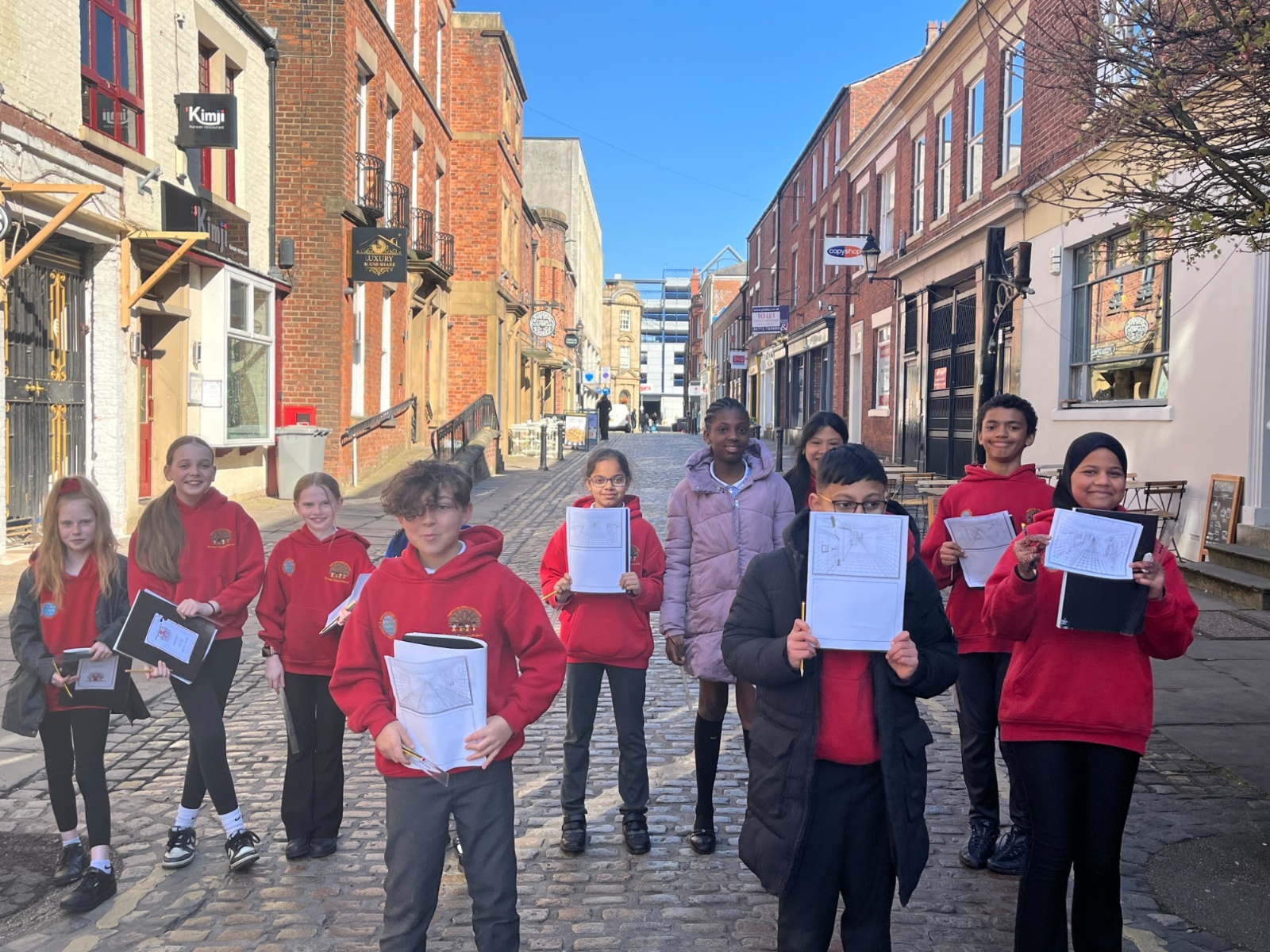Art & Design

The subject leader for this curriculum area is Mr Thackway.
Art & Design Curriculum Overview & Skills Progression 2024-2025
Our art curriculum, designed for Reception to Year 6, follows the National Curriculum for Art and Design to inspire every child to create, explore, and think critically. From mark-making in Reception to mastering perspective in Year 6, children develop skills in drawing, painting, sculpture, and digital art. They learn about great artists like Henri Rousseau and Antony Gormley, while our whole-school 'Art Across the World' studies celebrate global cultures from Africa to Asia.
Art Around School - Celebrating amazing work from our pupils
What our pupils say ...
We practice our sketching which helps me draw at home.
We feel that we have developed a fantastic Art offer at Grange. Our pupils are so creative and imaginative and it great to see them using their skills in action.
I love exploring different techniques and ways to create different outcomes.
Art at home - Helpful resources for parents and pupils
- Art for Kids hub - You can watch step-by-step videos on how to draw different things, origami for children, how to paint, holiday and celebratory art projects and projects related to the seasons. https://www.artforkidshub.com/
- Land Art for Kids - A website which gives you ideas on how to collect natural resources to produce different forms of Art. https://www.landartforkids.com/
- Tate Kids - The Best Art Website for Kids - Children can follow instructions to make different things, play art games and quizzes and explore and read about the work of well-known artists. https://www.tate.org.uk/kids?gclid=EAIaIQobChMIu8WF6J_C6QIVVeDtCh04qwjXEAAYAiAAEgKMGPD_BwE
- BBC Bitesize Art and Design - You can watch class clips on famous artists, techniques and how to create different things. https://www.bbc.co.uk/bitesize/subjects/z8tnvcw
- The Artful Parent - You can access over 500 arts and crafts activities, including painting, sculptures and printmaking. This site gives you ideas of what Art supplies to provide for your child in order to create and make different things. https://artfulparent.com/kids-arts-crafts-activities-500-fun-artful-things-kids/

Art & Design Curriculum Statement
Intent
Our art curriculum at Grange Primary School inspires every child to become a creative, confident artist, fostering personal development through self-expression and exploration, as outlined in the National Curriculum for Art and Design. From Reception to Year 6, we aim to develop skills in drawing, painting, sculpture, and digital art, while nurturing curiosity through the study of diverse artists like Henri Rousseau and Antony Gormley. We intend to build cultural understanding through global themes, such as our Art Across the World studies, and equip pupils with art language to analyse and express ideas. Guided by the Ofsted Research Review (2021), our curriculum ensures progressive learning, cultivating imagination, technical expertise, and personal development for all.
Implementation
We deliver art units through a structured six-lesson sequence. Each unit begins with an engaging hook to spark interest. In KS1, children learn about artists and techniques through age-appropriate discussions, while KS2 uses carefully crafted texts with progressive vocabulary to deepen understanding. Lessons 2-4 focus on practical skills, covering National Curriculum techniques such as drawing (e.g., shading in Year 2), painting (e.g., color mixing in Year 1), sculpture (e.g., clay in Year 3), and other media like collage and digital art. These are taught in small carousel groups with teacher and teaching assistant support, ensuring personalised learning. We actively seek opportunities to apply art knowledge and skills through trips, visitors, and engaging whole-school projects like Art Across the World. Lessons 5-6 allow pupils to create independent artworks, applying skills, followed by peer reflection to build critical thinking. Teachers recap prior knowledge, address misconceptions, and use summative assessments to tailor support, ensuring all pupils' progress.
Impact
Our art curriculum empowers pupils to produce imaginative, high-quality artworks, from vibrant Reception collages to Year 6 perspective drawings, supporting their personal development through creative confidence and self-reflection. Children gain proficiency in diverse techniques, confidently using art language to discuss works by a wide range of artists or their peers. Through global studies, pupils develop a rich understanding of cultural and historical contexts, fostering inclusivity and curiosity. Summative assessments and displayed artworks show clear progression, with pupils leaving primary school as skilled, reflective artists ready for secondary education. Our approach, rooted in the National Curriculum and Ofsted’s vision, ensures lasting creative growth, personal development, and achievement for every child.
Follow the link below for the full programme of study for art and design for KS1 & KS2:
